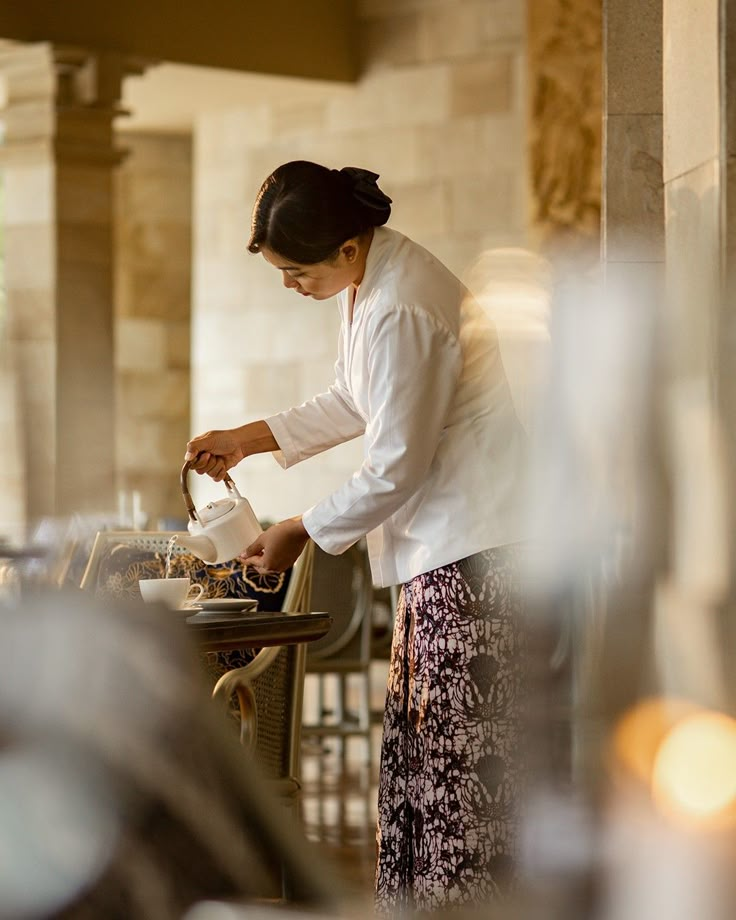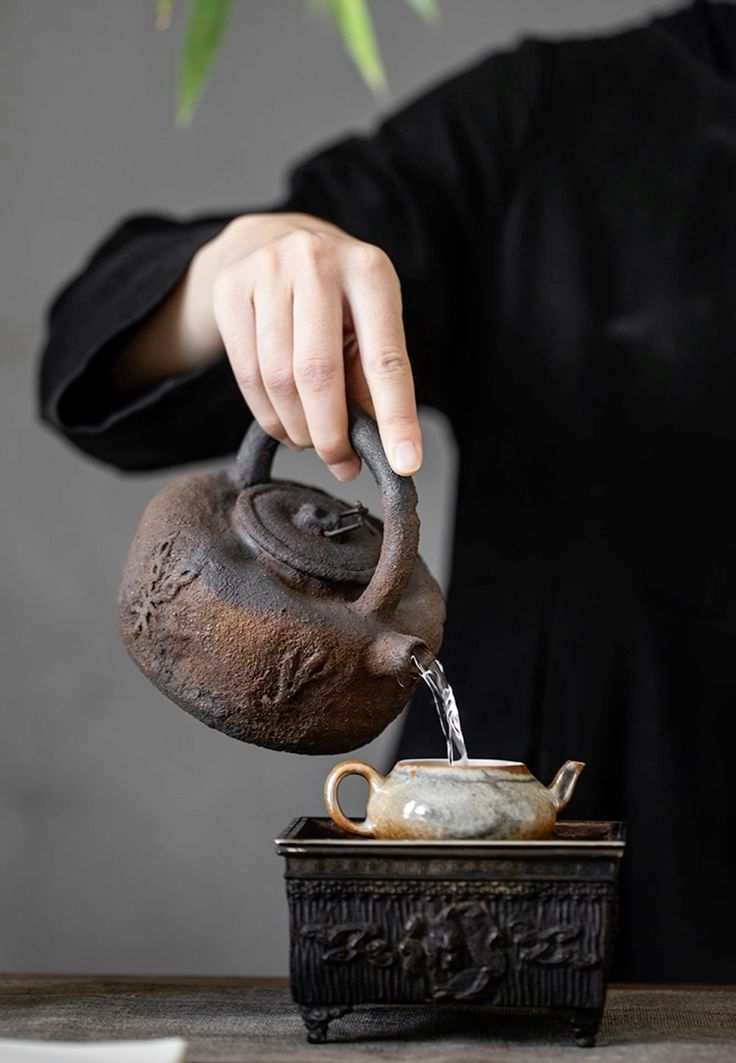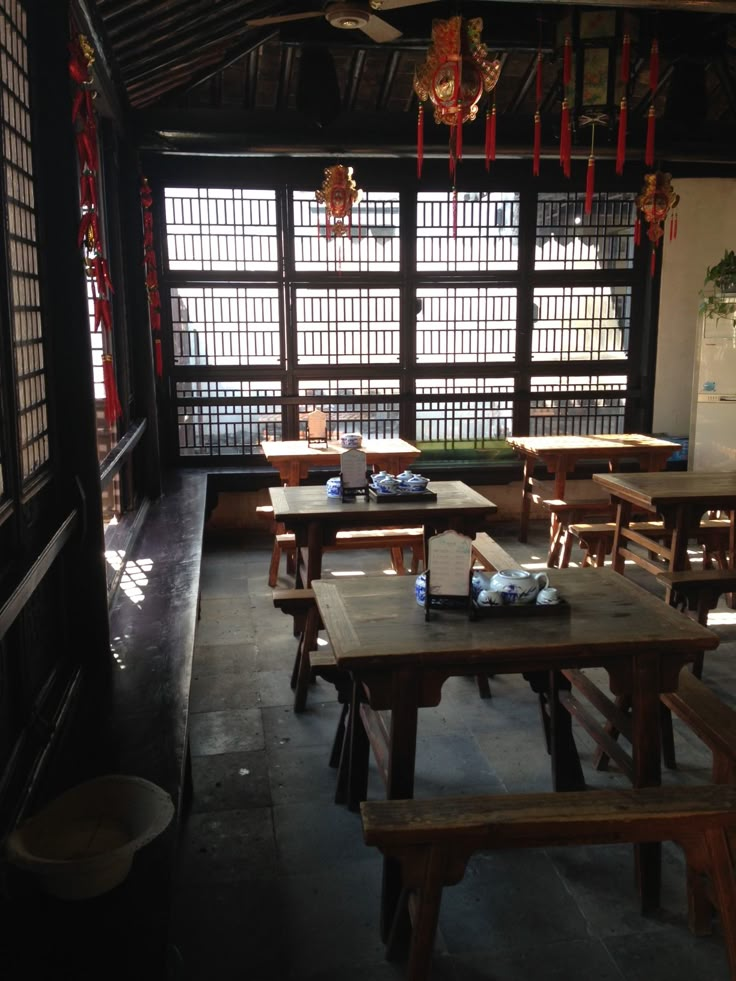Roadside stalls, mahjong parlors, falling leaves on tree-lined lanes and time spent in crowded teahouses make up a picture of life in the old city of Chengdu. But today, some of the cityscape may be hard to find.
How have opera, teahouse and temple fairs changed in Chengdu over the past century? How did artisans, water carriers, fortune tellers, shavers and other people survive in the city?
Recently, the “Dialogue between Wang Di and Chengdu” lecture series organized by “Tencent Everyone” and Xunlu Library invited Wang Di, Distinguished Professor and Head of the Department of History at the University of Macao, to explain the teahouses in old Chengdu and the changes in Chengdu over the past hundred years. A native of Chengdu, Wang Di is the author of two books on teahouses: Teahouses: Public Life and Microcosm in Chengdu, 1900-1950 and Teahouses: The Decline and Revival of Public Life in Chengdu, 1950-2000, as well as a series of books focusing on the social life of the Sichuan and Chongqing regions. and Street Culture and Crossing Out of the Closed World, a social and cultural history book that also focuses on the Sichuan and Chongqing regions. Recently, he has published two books related to Chengdu, The Robes: Violence and Order in the Countryside of Western Sichuan in the 1940s, and The Disappearing Ancient City. The following is based on a lecture by Wang Di, published by Surfing News with permission.
Why were there so many teahouses in Chengdu during the Qing Dynasty and the Republic of China?
The first is the settlement pattern of Chengdu. When I say Chengdu, you must not understand it one-sidedly as the city of Chengdu; I am actually talking about the Chengdu Plain. What is the settlement pattern? In northern China, people in the countryside live together in villages, with the land outside the village, and when they need to work, they go out of the village. Therefore, in novels and movies, we often see scenes like this: people squatting at the head of the village to eat, smoke or chat, and the villagers are very closely connected with each other. However, the Chengdu Plain in the past was different. If you come from the rural areas of western Sichuan, you know that farmers lived in farmhouses inside bamboo forests, which we call forest pans, and farmers were close to the fields they cultivated, which was the case during the Qing Dynasty and the Republic of China, and even before the Reform and Opening Up period. People didn't live in villages, and there was little contact between each farming family; where did they go to buy and sell things? Where did they meet their friends and relatives? It was to go to the village field, that's why it was called a marketplace, which should be very familiar to everyone. When I was a child, I also had to go to the market, riding my bicycle from Chengdu to Shuangliu to buy eggs, chickens and ducks, and other agricultural products. Farmers seldom had social interactions and had to go to the market to meet their friends and relatives, so they would go to a teahouse to rest and chat.
The field is not rushed every day, but in a ten-day cycle, ten days, three games, one, three, five or two, four, six, some are two, four, six, eight, four, five, depending on the needs of the field to decide. Catch the day of the teahouse is very lively, Chengdu suburb of Qinglong field, only live in more than two hundred households, but there are 19 teahouses. Why? This is due to the demand generated by the settlement pattern of the Chengdu Plain. On the day of the market day to buy and sell things, after buying, not directly home, but to the teahouse to sit for a while, sitting almost afternoon, to meet friends. There are many transactions even in the teahouse, for example, I am buying and selling rice, there are professional teahouses to provide such services.
Second, geography and transportation conditions. The geography of the Chengdu Plain has a special place, the road is more rugged, although it is a plain, but the concept of this plain is not the same as the North China Plain. The North China Plain can build big roads and horse-drawn carriages, for example, if a farmer wants to go to do his business, he can take a horse-drawn carriage and get there in one go at a relatively long distance, but the Chengdu Plain is different, in the past, it was all ridges of the fields, which were very narrow, and in the middle of the road, they paved all the way to the stone slabs, and pushed the chicken carts to pass over them. So the main transportation between the city and the countryside was through small roads, and it was very hard to carry a burden on one's shoulder, push a chicken cart, or carry a wicker basket on one's back. After traveling a long way, say in summer, one needed a place to drink and rest, and teahouses fulfilled this need. If you look at the pictures of teahouses in the past, there were picks and chicken carts placed outside the teahouses, which were places for these laborers to rest. Chicken carts, which could transport goods and people, were the main means of transportation at that time, just like cabs at that time. Intellectuals and other people of status also took chicken carts, and the book “Robes” was devoted to this issue, and the famous historian Gu Jiegang had to go out of the city, and he also took a chicken cart. Because once out of the city, the road is very rugged, sitting in a sedan chair those are not necessarily very comfortable, very bumpy, chicken bus has become the most commonly used means of transportation.
Third, the quality of water. Chengdu used to have a lot of wells in the city, almost every street has one, now basically can not be seen. Chengdu's water, alkali content is very high, cool in the summer is also very good, in the past there is no pollution, but this water is not suitable for drinking, boiling will see some white scale on the surface, drinking there is some bitter flavor, not suitable for making tea. So for the average person, to drink tea to where to buy water? It is to the teahouse. Almost every teahouse has hired a waterman, but also with a crate and a big bucket, to the various teahouses to send water. In addition to the big families hired special people to transport water from the river outside the city to the city, small families are very inconvenient, they want to drink water to the teahouse to buy, so the teahouse for the residents of daily life to provide the necessary facilities. How important was it? Check the past records, if a Chengdu resident wants to move, he or she usually has to visit the place first to see if there is a teahouse in the neighborhood, and if there is no teahouse, then it is inconvenient to live in that place, and he or she has to look for another place. In those days, teahouses provided drinking water and hot water for the average resident.
Fourth, fuel. Teahouse and many other services, including you want to boil medicine, you want to stew meat, have to take to the teahouse inside, pay a little so-called fire money. What do you mean by “fire money”? Each teahouse has a specialized stove workers, fire money is burning stove - Sichuan used to be called urn smith's extra money. The so-called “urn” is the stove inside the vat - now to the Pengzhen Guanyinge old teahouse you can still see - filled with hot water, while the boiling water is put into the stove with a teapot on one of the eyes of the fire! Boiling.



